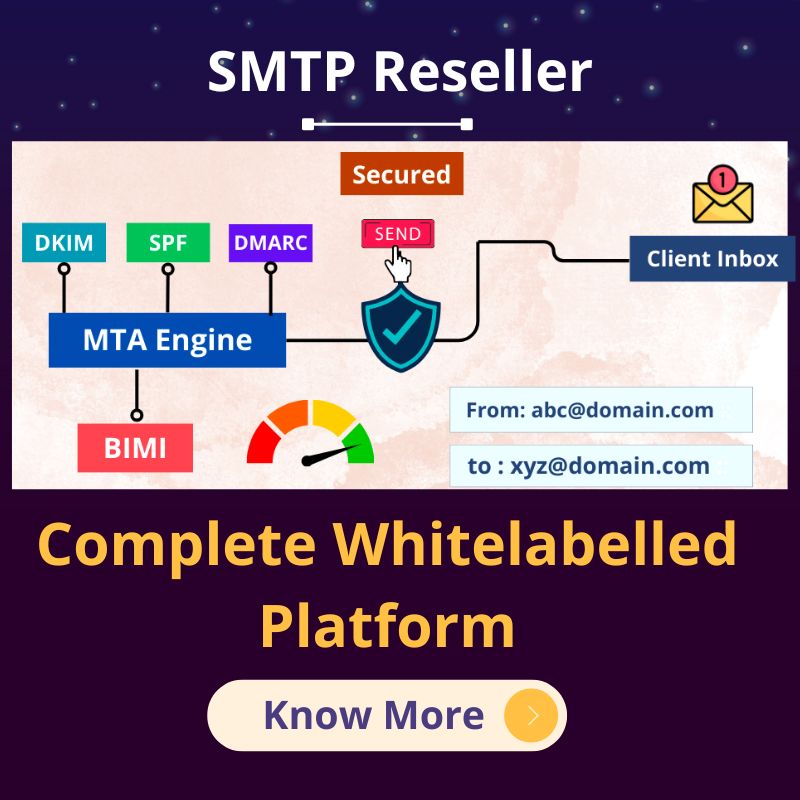Successful email campaign begins with consumers opening messages – and yet open rates are only half of the equation.
Once the email opened, does the email deliver content effectively? Did it push the customer to take the desired action?
In a world where over 50% of emails are opened on mobile devices. Marketers must deliver engaging content, while competing for attention with SMS, mobile applications, Netflix, and more.
An email marketing heatmap allows brands to understand email campaign engagement across the audiences’ different devices, browsers, and apps through a visual representation of how readers engage with content. They add color layers above content in order to show which parts of the content users paid most attention to.
Here’s how heatmapping can improve your email marketing strategy:
Understanding where readers look
Generally, readers scan content in an F-shaped pattern. First, they glance horizontally across the top of the page and then move down and scan horizontally again.
Next, they vertically scan the left side of the page. Using this information, marketers can place key messages and a call to action in those zones to ensure readers consume the key content and ensure higher click-through rates.
Know what works for content and readers
One important strategy with heatmap is identifying where people click. This is important because marketers can alter where the call to action links are located, based on where consumers click.
If consumers pay attention to and click on an image, sentence, or something else that isn’t a link. Marketers make it into link or alter the content so it’s not drawing click attention – ultimately improving their CTR.
Correctly attribute the device
Since heatmaps allow marketers to see clicks, whether it be website or email, it enables them to attribute conversions to certain links, devices, or campaigns. With that knowledge, marketers can adjust their strategies and spend to focus on the tactic that is working best for them.
Every element of a landing page either contributes to a higher conversion rate or interferes by stealing user attention. The same can be said for emails.
Brands need to use heatmaps to analyze the performance of email marketing campaigns and optimize for customer engagement in the inbox. In an ever-distracting digital world, heatmaps bridge the gap between campaign metrics and actual consumer behavior, helping show what’s going on with consumers and help drive business conversions.



